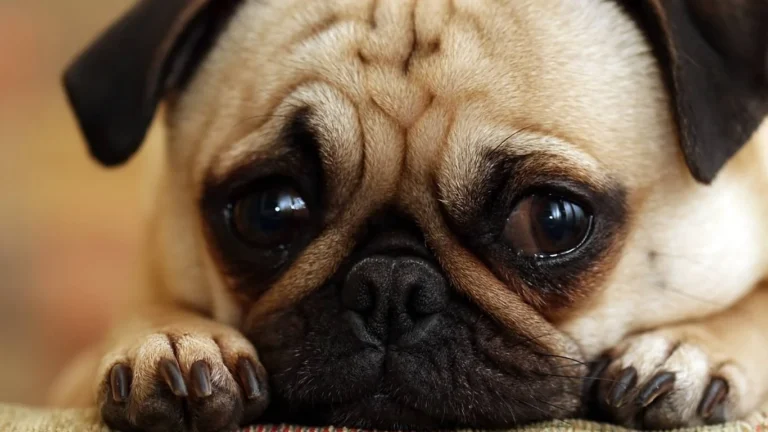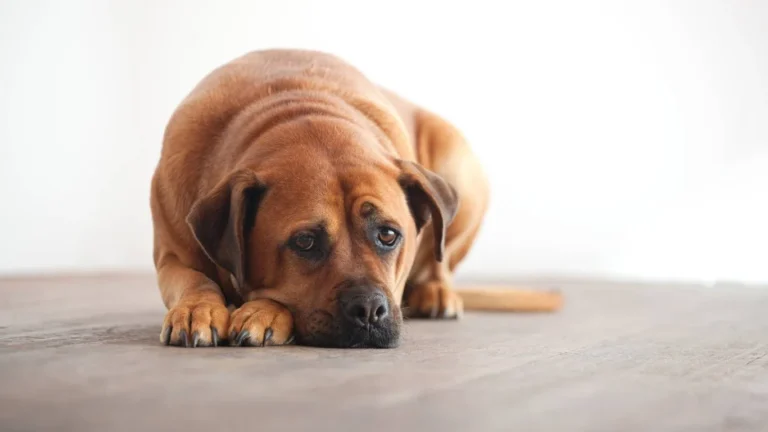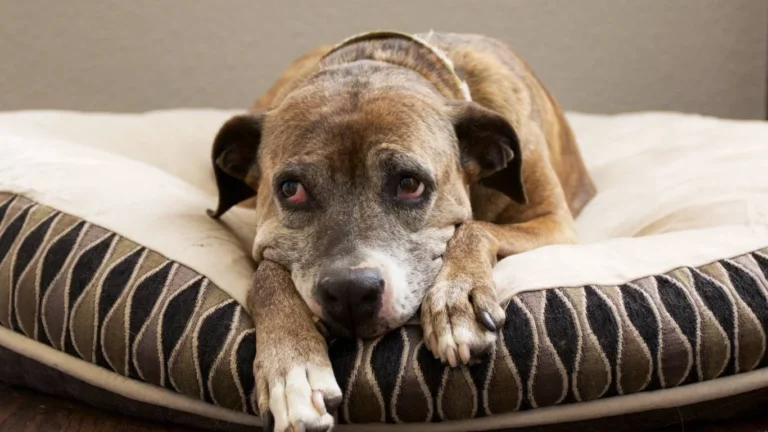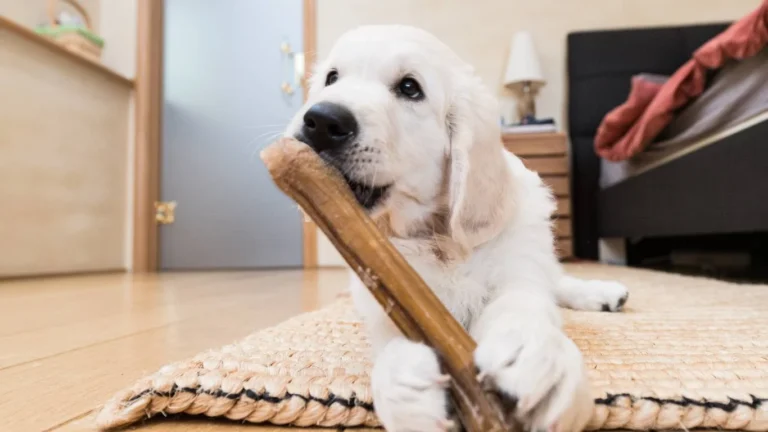Best Way to Brush a Dog’s Teeth at Home: Simple Tips for Healthy Smiles
As a Veterinary Assistant with a focus on nutrition, I’ve learned firsthand just how important dental care is for our furry friends. It’s easy to overlook, but brushing a dog’s teeth at home is essential for preventing dental diseases, bad breath, and even more severe health issues. But let’s be honest—getting a dog to tolerate tooth brushing can seem like a daunting task. Many pet parents ask, “What’s the best way to brush a dog’s teeth at home?” If you’re wondering this, you’re not alone. In this guide, I’ll share practical tips, techniques, and my own experiences that will make the process smoother for both you and your dog.
The Importance of Brushing Your Dog’s Teeth Regularly
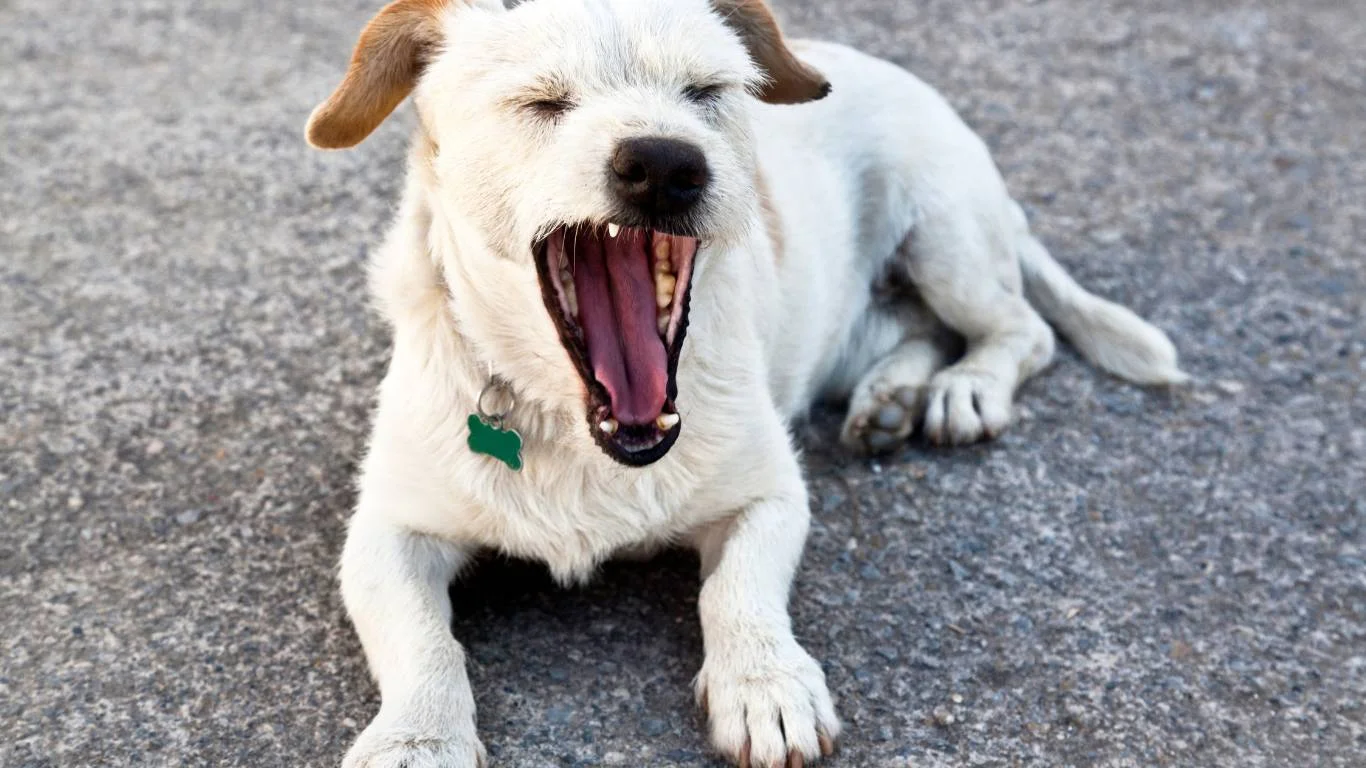
We all know that dental care is important for humans, but it’s just as important for dogs. Dental issues like tartar buildup, gum disease, and tooth decay can lead to much more serious health problems, including heart, liver, and kidney diseases. That’s why brushing your dog’s teeth regularly is one of the best things you can do for their overall health.
Many pet parents don’t realize how crucial it is to brush their dog’s teeth until they notice bad breath or a trip to the vet reveals early signs of dental disease. And while dog-friendly dental chews, toys, and professional cleanings can help, nothing beats regular brushing when it comes to preventing plaque and tartar buildup.
What You Need to Get Started with Brushing Your Dog’s Teeth at Home
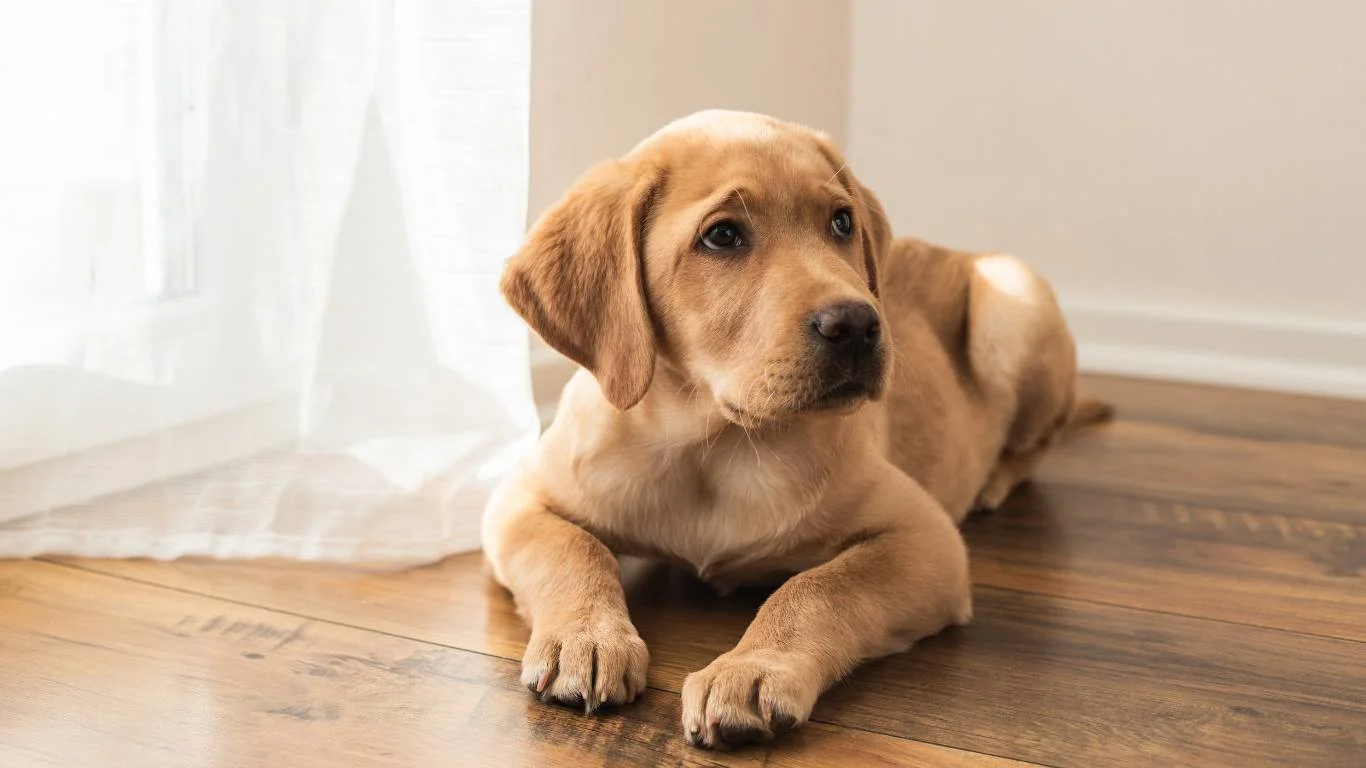
Before you start brushing, it’s important to gather the right tools. Trust me, using the wrong items can make the process more difficult and less effective. Here’s what I recommend for a successful brushing session:
- Dog-Specific Toothbrush: While you might be tempted to use your own toothbrush, they are often too hard and not designed for a dog’s mouth. Opt for a soft-bristled dog toothbrush to ensure comfort and effectiveness.
- Dog Toothpaste: Never use human toothpaste, as it contains ingredients harmful to dogs. Dog toothpaste is designed to be safe for them to swallow, and it comes in tasty flavors like peanut butter or chicken that can make the process more enjoyable for your pup.
- Dental Wipes: If your dog is particularly sensitive to toothbrushes, dental wipes can be a good alternative to help remove plaque.
- Dog Chews and Dental Toys: These are helpful for maintaining your dog’s oral health between brushings, but they shouldn’t replace regular brushing.
Having these tools ready will set you up for success when it’s time to brush your dog’s teeth at home. Don’t worry if you’re unsure about how to use them yet—we’ll get into the specifics in the next sections.
Step-by-Step Guide: Best Way to Brush a Dog’s Teeth at Home

So now that you have everything you need, let’s dive into the step-by-step process. Brushing a dog’s teeth can seem intimidating at first, but trust me, it’s all about taking it slow and making it a positive experience for both you and your pup. Here’s how I recommend you go about it:
1. Start Slowly and Make It Fun
Remember, you’re introducing something new to your dog. If they’re not used to having their mouth touched, it’s important to go slow. I’ve found that the best way to start is by letting your dog get used to having their mouth handled without the brush. Gently lift their lips, and if they’re okay with it, try gently touching their teeth and gums with your finger. Praise them when they stay calm—it’s all about positive reinforcement!
2. Get Them Used to the Toothbrush and Toothpaste
Next, let your dog sniff and lick the dog toothpaste before you actually start brushing. Dogs often find the flavor interesting, and this step helps them associate the toothpaste with something pleasant. Once they’re comfortable with that, let them see and sniff the toothbrush. You can even allow them to chew on the toothbrush a little bit so they get used to it.
3. Try Brushing for Just a Few Seconds
Now that your dog is familiar with the tools, it’s time to brush! Don’t worry about brushing for long periods at first. Start by brushing just one or two teeth at a time, and keep it to about 10 seconds per session. Focus on the outside surfaces of their teeth—the parts that are exposed when they smile. This is where plaque buildup tends to happen the most.
4. Gradually Increase the Brushing Time
As your dog gets more comfortable, slowly increase the time spent brushing. It’s perfectly normal if it takes a few weeks for your dog to get used to the process. The goal is to make brushing a regular part of your routine, but without causing too much stress for your dog.
As you get better at brushing their teeth, try to focus on brushing all their teeth, including the back molars where plaque and tartar are more likely to build up. Consistency is key when brushing your dog’s teeth at home!
Brushing your dog’s teeth doesn’t have to be a stressful or difficult task. With patience, the right tools, and a gentle approach, you’ll both get the hang of it in no time. In the next section, I’ll dive into some tips on how to make this process even easier and fun for your dog!
Tips to Make Brushing Your Dog’s Teeth Easier

So now you’re on the right track with brushing your dog’s teeth, but what if your dog is still squirming or resisting? Trust me, it happens, and you’re not alone. Dogs, especially those who’ve never had their teeth brushed, can be a bit skittish at first. In my experience as a Veterinary Assistant, there are a few tricks that can make the process smoother, more enjoyable for your dog, and ultimately more effective in the long run. Here are some tips that can help:
1. Make Tooth Brushing Part of a Fun Routine
Dogs love routine, so make tooth brushing part of something they already enjoy. I’ve found that pairing brushing with another positive activity—like a walk or playtime—can make your dog more likely to tolerate the brushing process. Start by giving your dog a treat or taking them for a short walk before you begin, so they associate the activity with something they like.
You can also use a calming tone of voice while brushing, as dogs tend to respond well to positive reinforcement and comforting sounds. Keep the energy light and upbeat—think of it like a game, not a chore!
2. Choose the Right Time for Brushing
Timing can make all the difference. I’ve learned that it’s important to brush your dog’s teeth when they’re not too hyper or overly tired. If your dog has just had a long play session, they might be too excitable to sit still. On the other hand, if they’re too tired, they may not be in the mood for a new experience. I’ve found that after a good exercise session, but before they’re too tired, is the sweet spot for a tooth brushing routine.
If you’re dealing with a particularly energetic dog, it might help to brush their teeth after a meal when they’re more relaxed and not as eager to play. This way, they’re more likely to cooperate with you.
3. Use Positive Reinforcement
One of the biggest lessons I’ve learned when brushing dogs’ teeth is the power of positive reinforcement. Dogs are more likely to repeat behaviors that result in rewards, so make sure to reward them after each successful brushing session. You can offer treats, affection, or even a favorite toy. It’s important to praise them during and after the brushing, even if you only manage to get a few seconds in at first.
Don’t forget that the ultimate goal is to create a calm, positive association with tooth brushing. The more enjoyable you make the experience, the more your dog will look forward to it. And trust me, with time and patience, they’ll start to get used to it.
Common Mistakes to Avoid When Brushing Your Dog’s Teeth
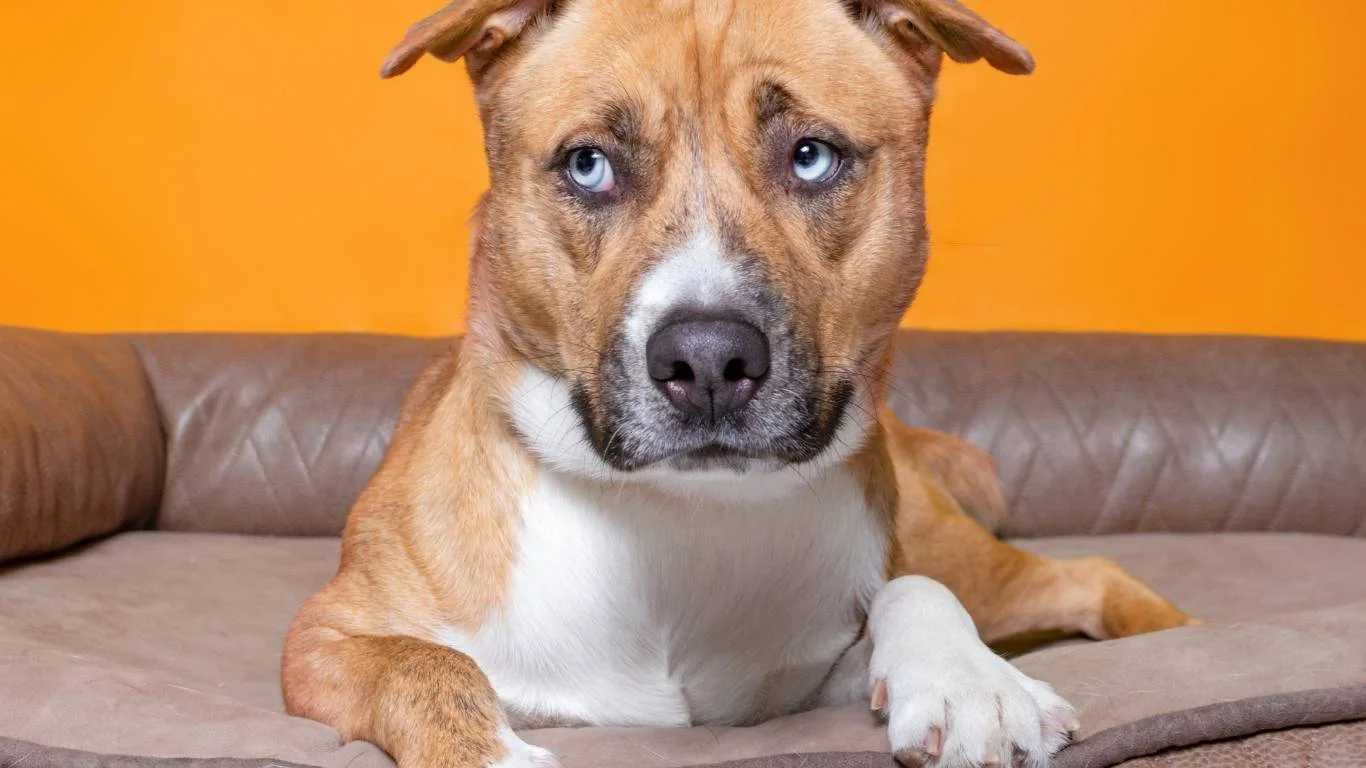
Now that we’ve covered the best way to brush a dog’s teeth at home, it’s time to address some common mistakes that pet parents make when brushing. I’ve seen these issues come up in the clinic more times than I can count, and avoiding them will make your tooth-brushing sessions more effective and stress-free for both you and your dog. Here are some things to avoid:
1. Using Human Toothpaste
Never, ever use human toothpaste on your dog. Human toothpaste contains fluoride, which is toxic to dogs if swallowed. I can’t stress this enough. Always use toothpaste specifically formulated for dogs. Luckily, dog toothpaste comes in some pretty irresistible flavors, like peanut butter and poultry, making the process much more enjoyable for your dog.
2. Brushing Too Roughly
Another common mistake is brushing too forcefully. I’ve seen pet owners apply too much pressure, thinking it’ll help remove more plaque. However, this can irritate your dog’s gums and make them more resistant to future brushings. Instead, use gentle circular motions with a soft-bristled brush. Your dog’s gums are delicate, and the goal is to remove plaque, not cause discomfort.
It’s always better to go slow and be gentle. Over time, your dog will get used to the sensation of the brush, and you can gradually increase the pressure as they tolerate it.
3. Neglecting Other Areas of the Mouth
Most pet owners focus on brushing the front teeth, but plaque can build up on the back molars, too. I’ve found that the back teeth often get overlooked during brushing sessions, but they’re just as important. If you’re brushing your dog’s teeth at home, make sure to get the molars and inner sides of the teeth as well. These areas are often where plaque and tartar accumulate most quickly, so giving them attention is crucial for maintaining good dental hygiene.
4. Skipping Regular Brushing Sessions
Consistency is key. I’ve seen plenty of cases where dog owners only brush their pets’ teeth sporadically, and while it might be better than nothing, it’s just not enough to prevent plaque buildup. I recommend brushing your dog’s teeth at least a few times a week, if not daily. Even brushing just a couple of times a week can significantly reduce the risk of dental disease, but daily brushing is ideal for optimal results.
Alternative Methods for Maintaining Oral Health
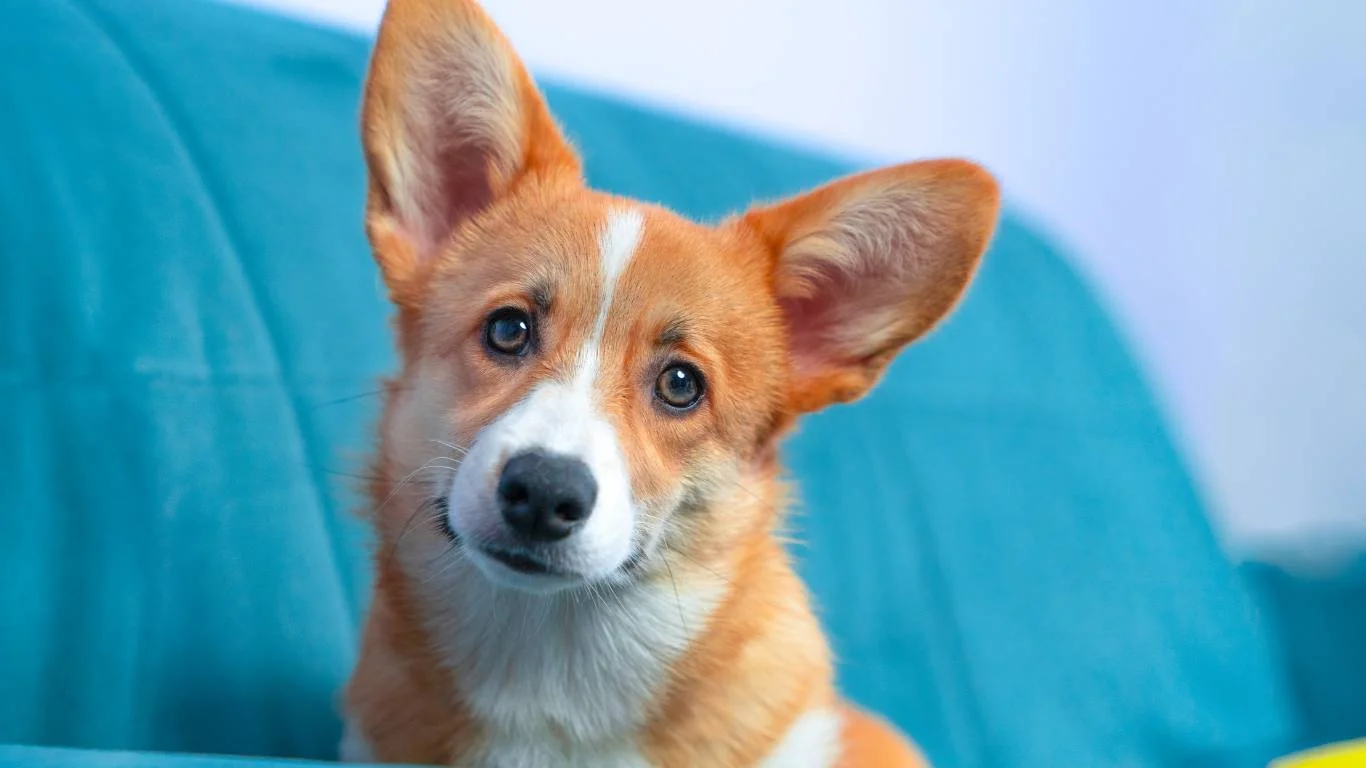
While brushing your dog’s teeth at home is the gold standard, it’s not the only way to help maintain good oral health. I’ve worked with many pet owners who’ve successfully combined tooth brushing with other methods to keep their dog’s mouth clean and fresh. Here are a few alternatives you might want to consider:
1. Dental Chews and Toys
Dental chews and toys can be great for keeping your dog’s teeth clean, especially if they’re resistant to brushing. I’ve seen many dogs enjoy chewing on dental sticks or rubber toys that are designed to help scrape away plaque. While these shouldn’t replace regular brushing, they can help maintain oral health between brushings. Just make sure to choose safe, high-quality products to avoid any potential choking hazards or digestive issues.
2. Dental Water Additives
If your dog refuses to let you brush their teeth, dental water additives can be a helpful alternative. These liquids are added to your dog’s drinking water and help reduce plaque buildup and freshen their breath. While they don’t replace brushing entirely, they can be a good addition to your oral care routine if brushing isn’t an option.
3. Professional Cleanings
Lastly, don’t forget about the importance of regular professional dental cleanings. Even with regular brushing, your dog may still develop tartar and plaque buildup that requires a vet’s attention. I recommend scheduling a professional cleaning once a year to ensure your dog’s teeth stay in top shape. This is especially important for older dogs or breeds prone to dental issues.
Brushing your dog’s teeth at home is one of the best ways to keep them healthy and happy for years to come. By using the right tools, keeping the experience positive, and avoiding common mistakes, you’ll be well on your way to achieving excellent dental hygiene for your furry friend!
How to Turn Brushing into a Lifelong Habit for Your Dog
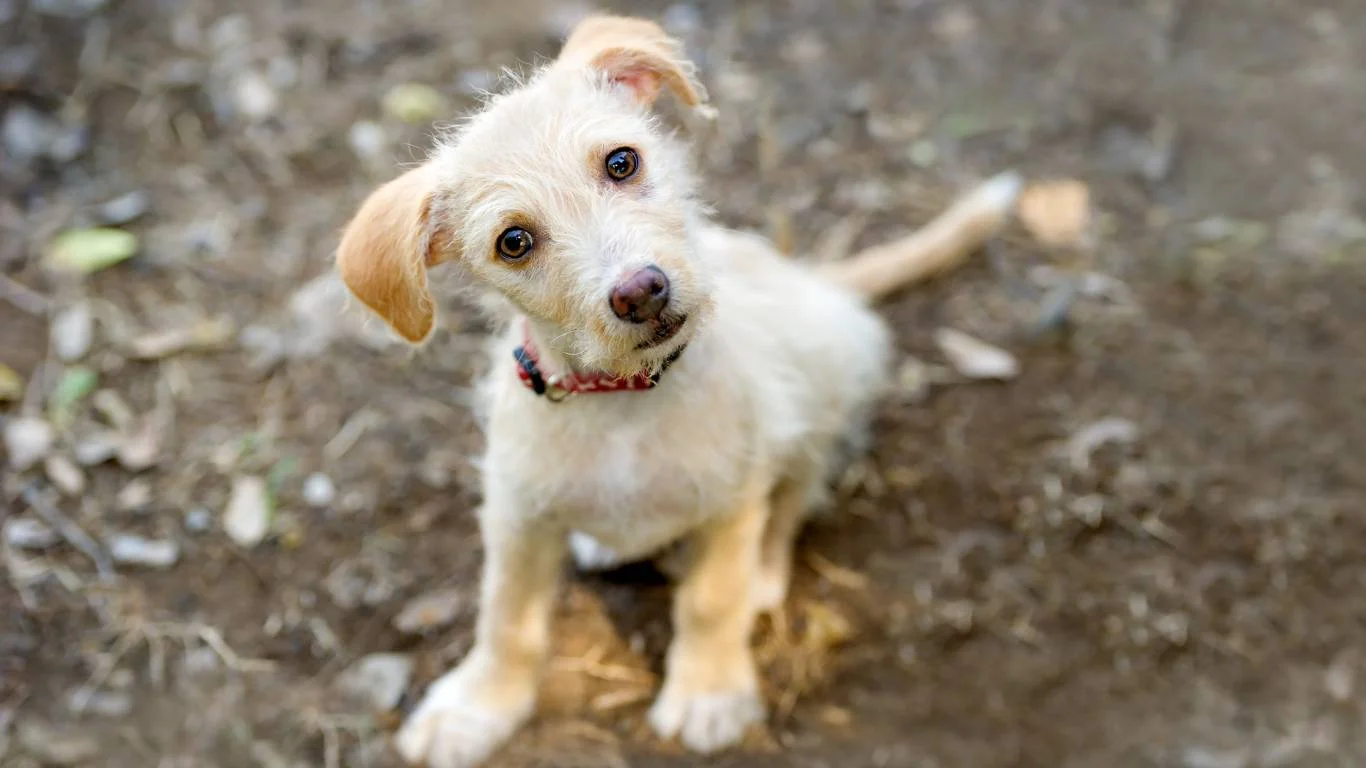
By now, you’ve probably realized that brushing your dog’s teeth isn’t just about clean breath—it’s a legit part of their overall health routine. But like with any good habit, consistency is everything. I’ve seen plenty of pet parents who start off strong but lose steam after a few weeks. I totally get it—life gets busy. But the benefits of sticking with it long-term? 100% worth it.
One thing that’s helped me and the clients I work with is building the habit into an existing routine. Think of brushing like walk time or feeding time—it just becomes something your dog expects. Whether it’s part of your morning ritual or something you do while watching TV in the evening, find a rhythm that works for both of you.
Keep It Low Pressure
Don’t stress if every session isn’t perfect. Some days, you might only get a few teeth brushed. That’s okay. What matters most is that you’re showing up and trying. Over time, your dog will get more comfortable and cooperative. It becomes second nature—for both of you. I’ve even had dogs wag their tails when they see the toothbrush coming out (especially when they know a tasty treat’s coming after).
Track Your Progress
This might sound a little Type-A, but keeping a brushing log can actually help. Just jot down the days you brushed and how it went. Over time, it’s satisfying to look back and see how far you and your pup have come. Plus, it’s a great tool to show your vet during dental checkups.
Understanding Your Dog’s Dental Health Signs

Even with regular brushing, it’s important to keep an eye out for signs of potential dental problems. I always tell pet parents that dogs are sneaky about hiding pain—so by the time they show discomfort, it could already be a bigger issue.
Here are some red flags to watch out for:
- Bad breath: Not just “dog breath,” but a seriously foul odor.
- Difficulty chewing: If your pup is suddenly avoiding kibble or favoring one side of their mouth.
- Excessive drooling: More drool than usual, especially if it seems thick or has blood in it.
- Bleeding or swollen gums: Lift those lips and check regularly.
- Loose or discolored teeth: Especially in older dogs, this can be a sign of advanced periodontal disease.
If you notice any of these, it’s time for a vet visit. Don’t wait—oral infections can spread fast and affect other organs if left untreated.
Breed Matters Too
Some breeds are more prone to dental issues than others. Small dogs like Chihuahuas, Yorkies, and Dachshunds often struggle with overcrowded teeth, which makes them more vulnerable to tartar buildup. I always recommend extra vigilance with these breeds. Even with daily brushing, they might still need more frequent professional cleanings. On the other hand, larger breeds may not need as much dental care—but brushing is still crucial to prevent issues down the line.
Helpful Resources for Dog Dental Care
If you’re looking to dive deeper into canine dental care, there are some fantastic resources out there I always recommend to my clients:
- American Kennel Club (AKC) – Lots of great articles on breed-specific dental needs.
- PetMD – Super practical health guides, including brushing tips.
- Health.com – Great for understanding how oral health connects to the rest of the body.
- NIH – If you love going full nerd-mode on the science side of things.
And of course, your veterinarian is your number one resource. Every dog is different, and your vet can offer personalized advice based on your pup’s age, breed, and dental condition.
My Final Thoughts (and a Little Pep Talk)
If there’s one takeaway I want you to leave with, it’s this: brushing your dog’s teeth at home isn’t just some “extra” thing to do—it’s a core part of their health and well-being. And you don’t need to be perfect to make a big difference. Start slow, be consistent, and don’t stress the bad days.
I’ve seen dogs with absolutely trashed mouths bounce back after a few months of regular brushing and dental care. And I’ve seen the joy on owners’ faces when their dog’s breath no longer smells like a swamp. It’s possible—and it’s worth it.
You’re not just improving their smile. You’re adding years to their life, reducing painful procedures, and deepening the bond you share through those small daily moments. That’s something worth sticking with.
Disclaimer
This article is intended for informational purposes only and should not be used as a substitute for professional veterinary advice, diagnosis, or treatment. Always consult with your veterinarian regarding any concerns about your pet’s dental health or before starting a new care routine.

